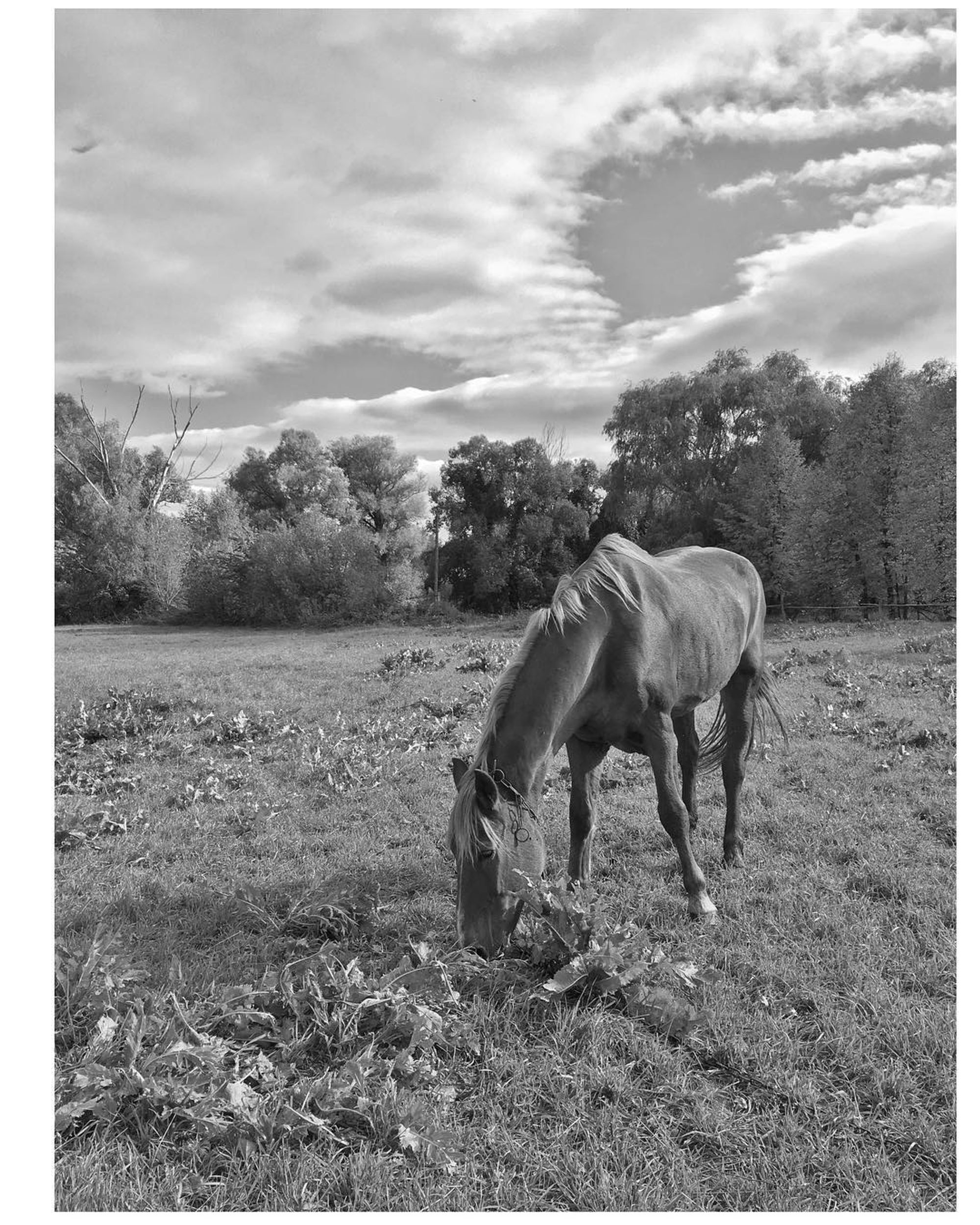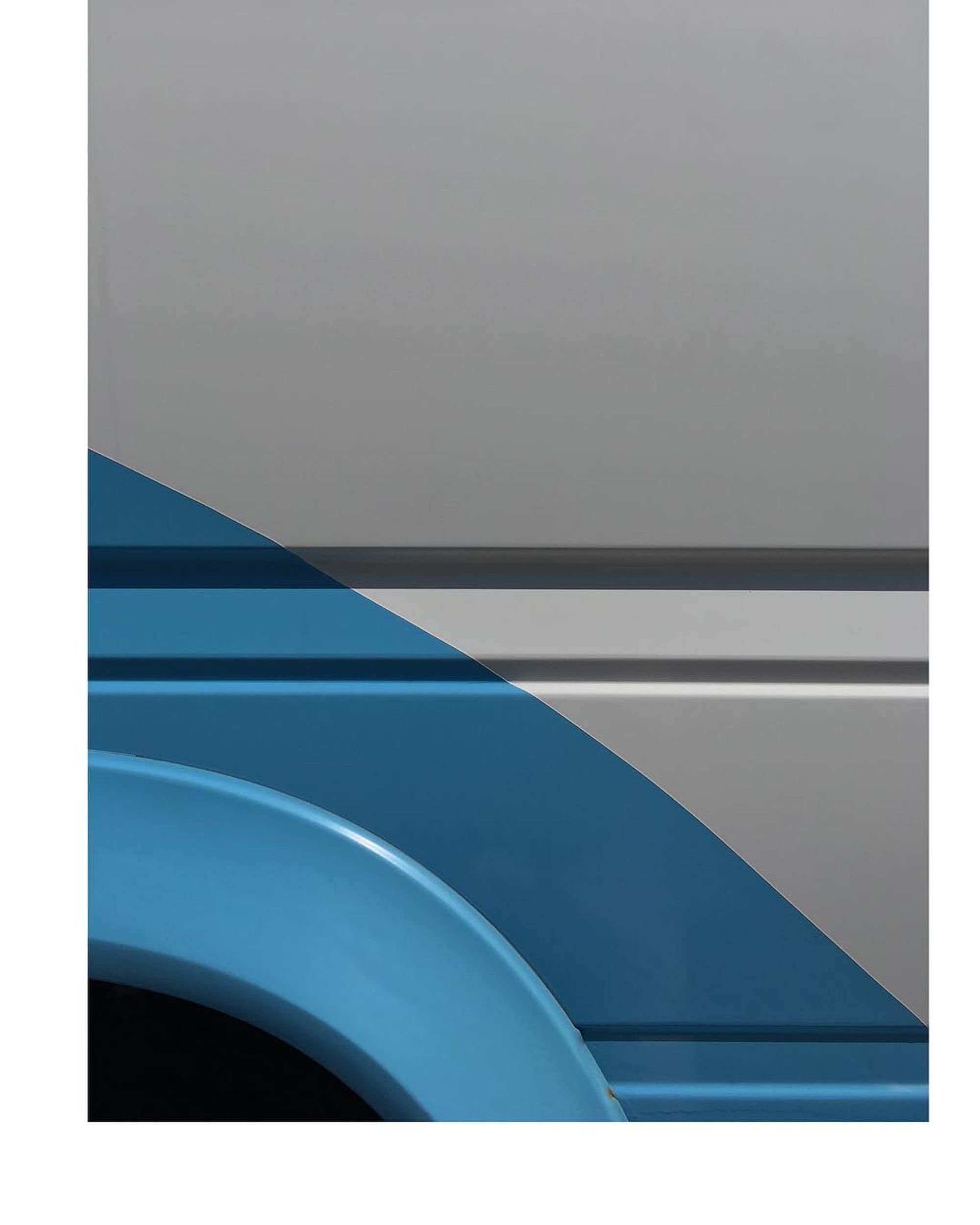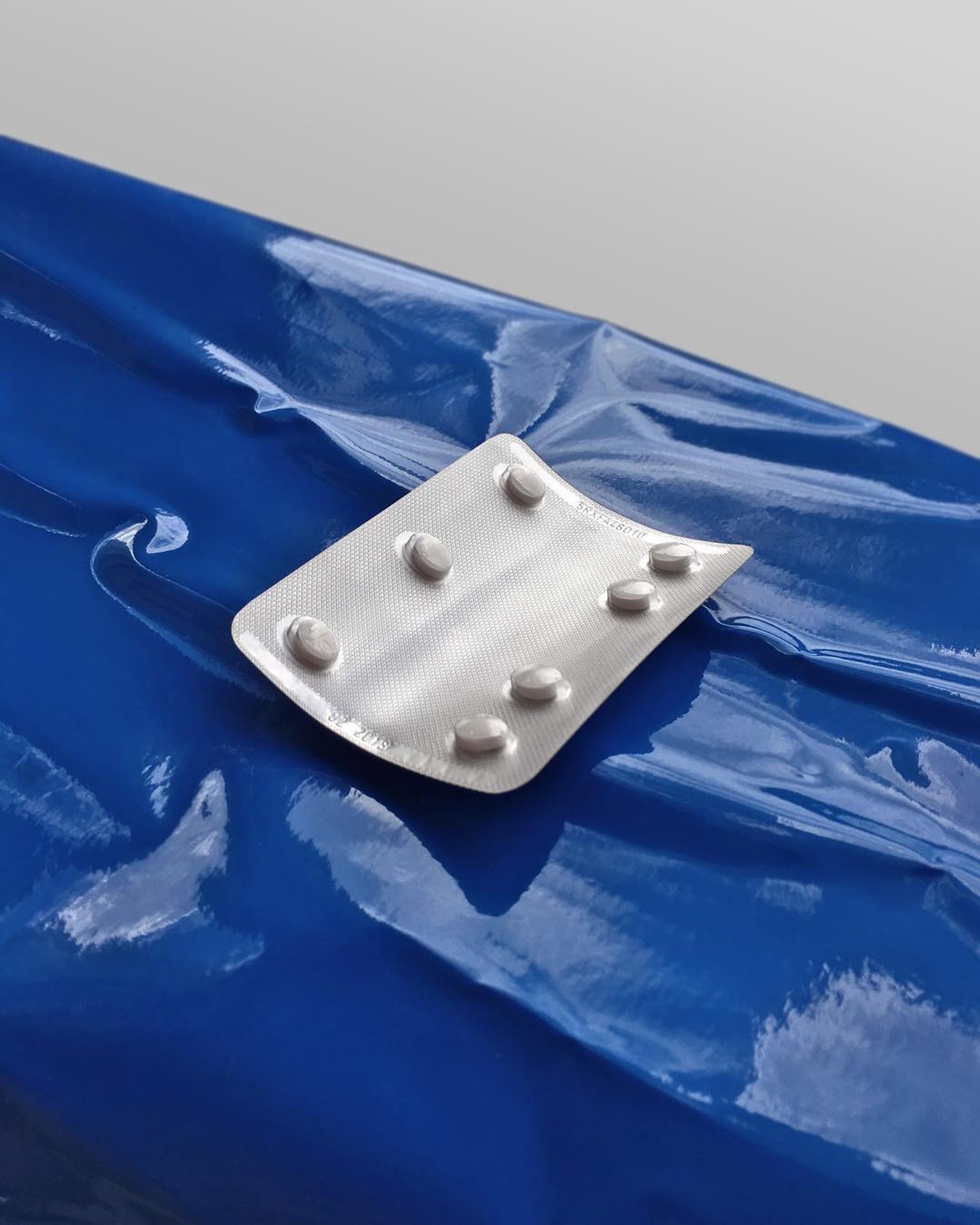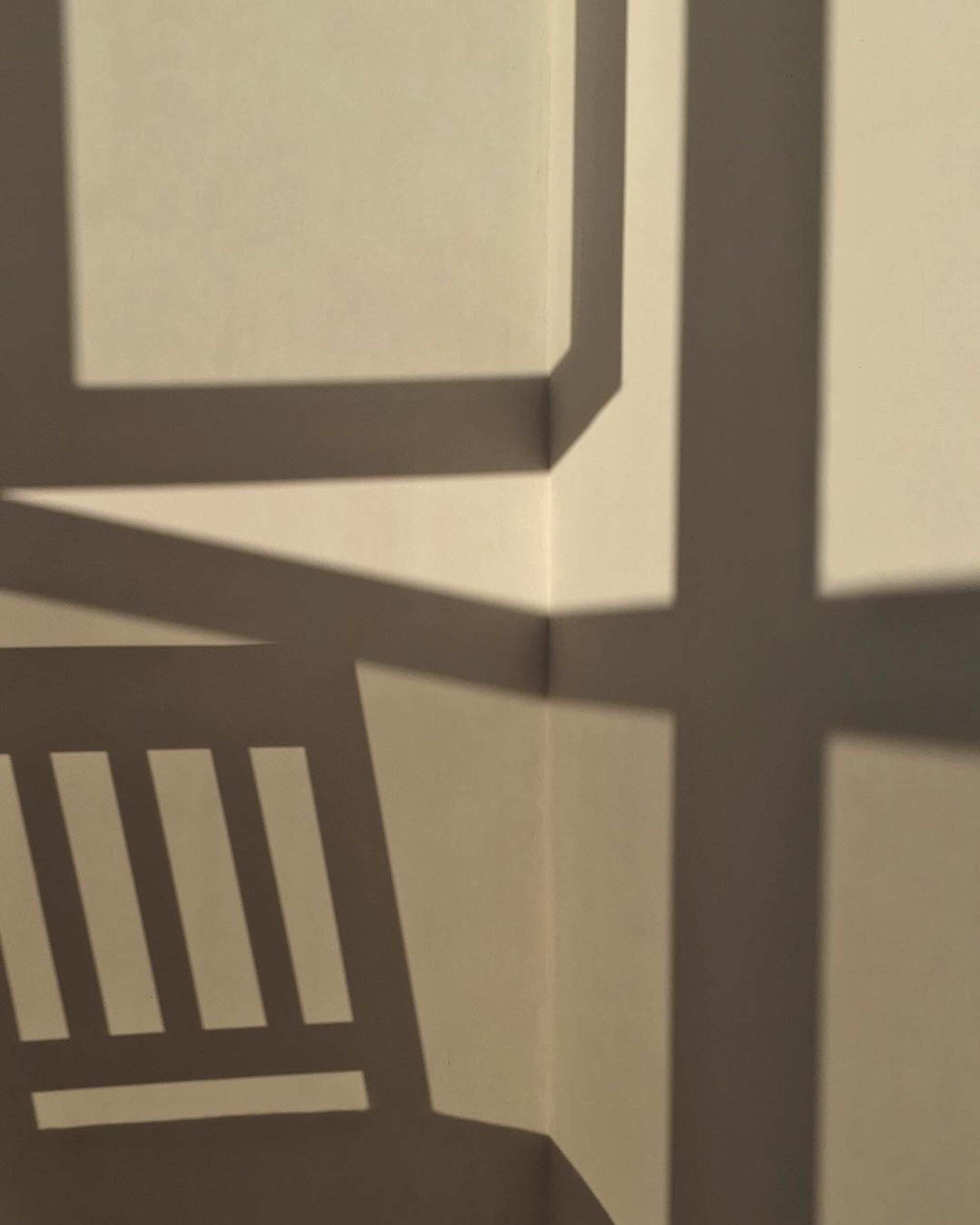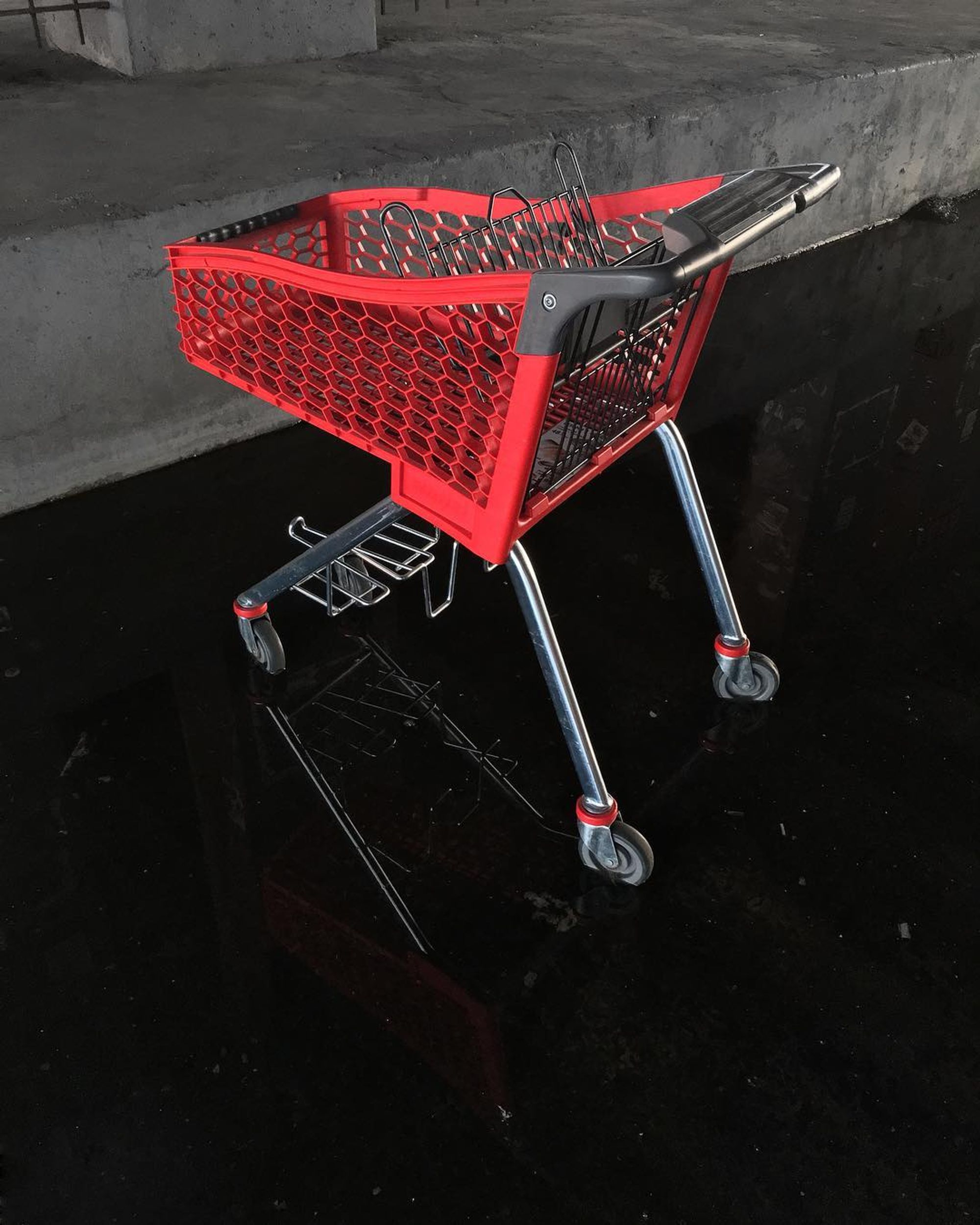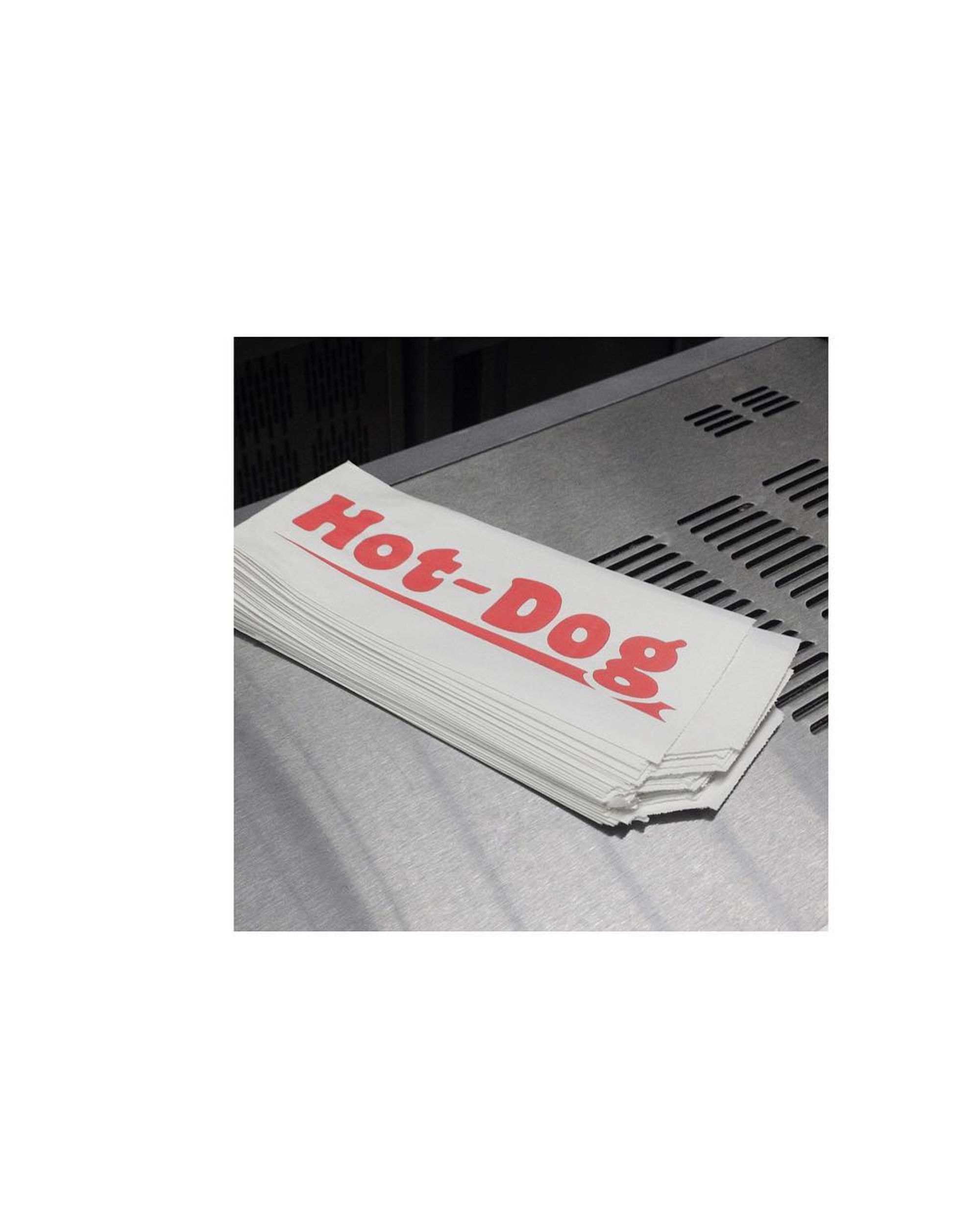The Birth
By Pavlo Sharapata
Have you ever purchased something online? Research conducted in 2020 shows that at least 75% of people shop online at least once a month[1] – it is safe to assume that you have.
But have you wondered how exactly the item you just purchased travels through this intricate journey by land, plane and sea throughout all the sorting facilities and custom clearances right after you click buy it now and right up until you sign the proof of delivery form? Logistics is a complicated and organized structure — which is absolutely hidden from consumers’ eyes — just like the process behind digital photography, with which Pavlo Sharapata creates a parallel in this work.
For his installation The Birth he draws an inspiration from the early days of the Camera Obscura and pays homage to the first person to digitalize the analog photograph and ends with a contemporary but excessive reality – a post on Instagram.


Research
Pavlo collected the photographs from Instagram and the additional data from the platform that helps to track purchases – Parcel.
The initial idea behind the project is to bring an attention to all the complexity and bureaucracy which is neatly hidden behind the structure of computational photography and the creation of photograph in general, by comparing it to the logistics industry.
Sources
[1] Statista
How JPG Works
by Colt McAnlis How JPG WorksThe JPG file format was one of the most technologically impressive advancements to image compression to come on the scene in 1992. Since then, it's been a dominant force in representation of photo quality images on the internet. And for good reason. Much of
www.freecodecamp.org

Inside the iPhone 11 Camera, Part 1: A Completely New Camera - Lux
Last month, we took a look at what is new in the iPhone 11 and 11 Pro's camera hardware. You might've noticed two things from Apple's iPhone announcement event and our blog post: the hardware changes seem fairly modest, with more attention directed at this generation's software based processing.
lux.camera

en.wikipedia.org
en.wikipedia.org
www.astropix.com
www.astropix.com
Russell Kirsch: Pixel Pioneer And The Father Of Digital Imaging
It's true what they say - you never know what you can do until you try. Russell Kirsch, who developed the first digital image scanner and subsequently invented the pixel, was a firm believer in this axiom.
hackaday.com

SEAC (computer) - Wikipedia
SEAC ( or ) was a first-generation electronic computer, built in 1950 by the U.S. National Bureau of Standards (NBS) and was initially called the National Bureau of Standards Interim Computer, because it was a small-scale computer designed to be built quickly and put into operation while the NBS waited for more powerful computers to be completed (the DYSEAC).
en.wikipedia.org

www.op.ac.nz
www.op.ac.nz
Digital image - Wikipedia
A By itself, the term "digital image" usually refers to digital image is an image composed of picture elements, also known as pixels, each with , discrete quantities of numeric representation for its intensity or gray level that is an output from its two-dimensional functions fed as input by its spatial coordinates denoted with x, y on the x-axis and y-axis, respectively.
en.wikipedia.org

JPEG
Stands for "Joint Photographic Experts Group." JPEG is a popular image file format. It is commonly used by digital cameras to store photos since it supports 2 24 or 16,777,216 colors. The format also supports varying levels of compression, which makes it ideal for web graphics.
techterms.com

Computational photography part I: What is computational photography?
The term 'computational photography' gets used a lot these days, but what exactly is it? In this article, the first in a three-part series, guest contributor Vasily Zubarev dives deep to show us how photography will work in the future.
www.dpreview.com

The Next Revolution In Photography Is Computational
When I first started out in photography, around 2014, I had met many professional photographers at workshops and events. They were predominantly DSLR Canon shooters who were mainly self-taught, like myself. Some of the more arrogant ones were graduates from film school and have an actual degree in photography.
medium.com
The History of Camera Obscura and How It Was Used as a Tool to Create Art in Perfect Perspective
Leonardo da Vinci first described a mechanism that would make drawing in perfect perspective much easier to achieve, something that would later be known as camera obscura. Rather than meticulously measuring out the lengths and angles of a subject or scene, camera obscura offers a shortcut.
mymodernmet.com

Data
Pavlo collected the photographs from Instagram and the additional data from the platform that helps to track purchases – Parcel.


